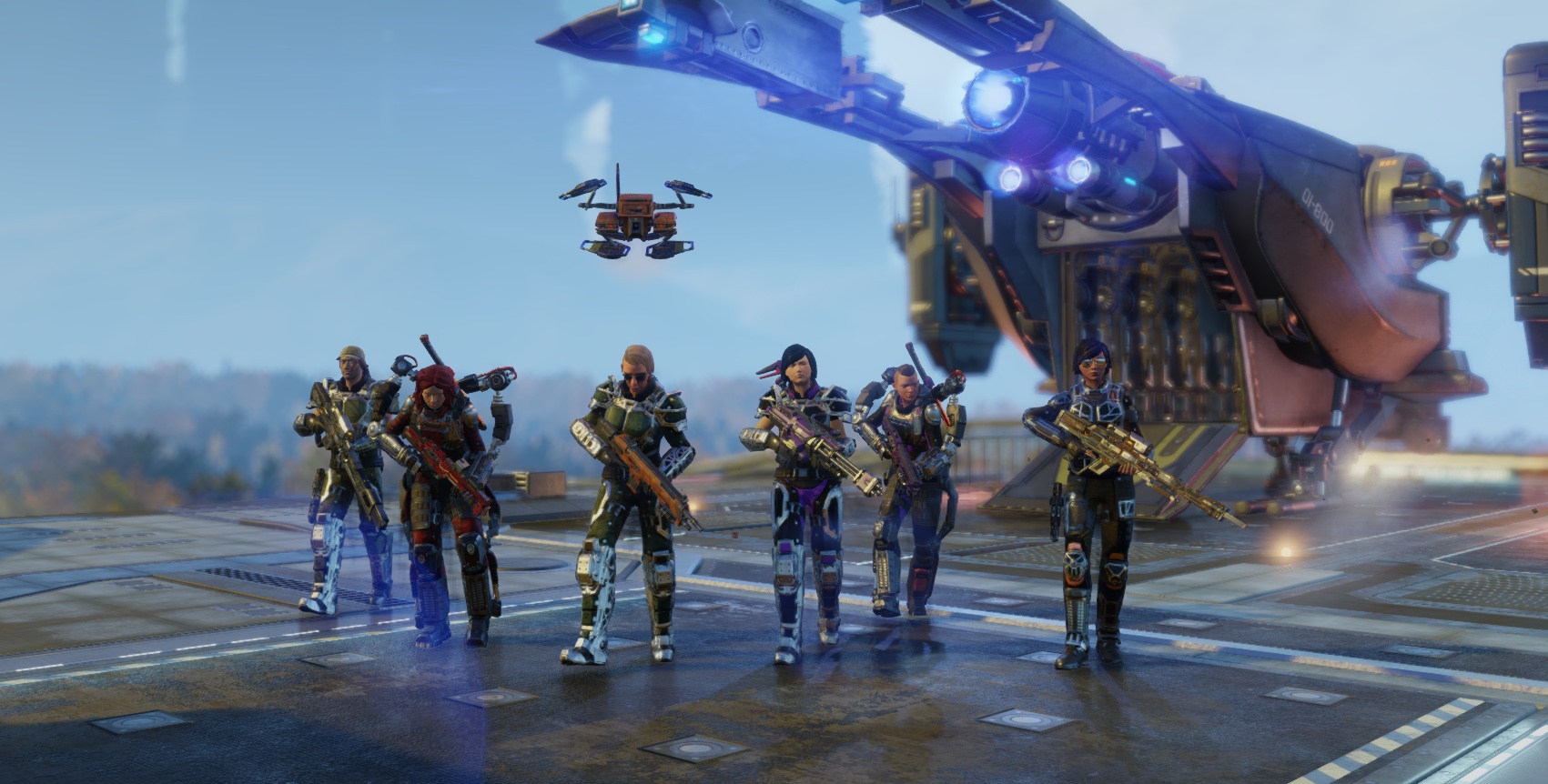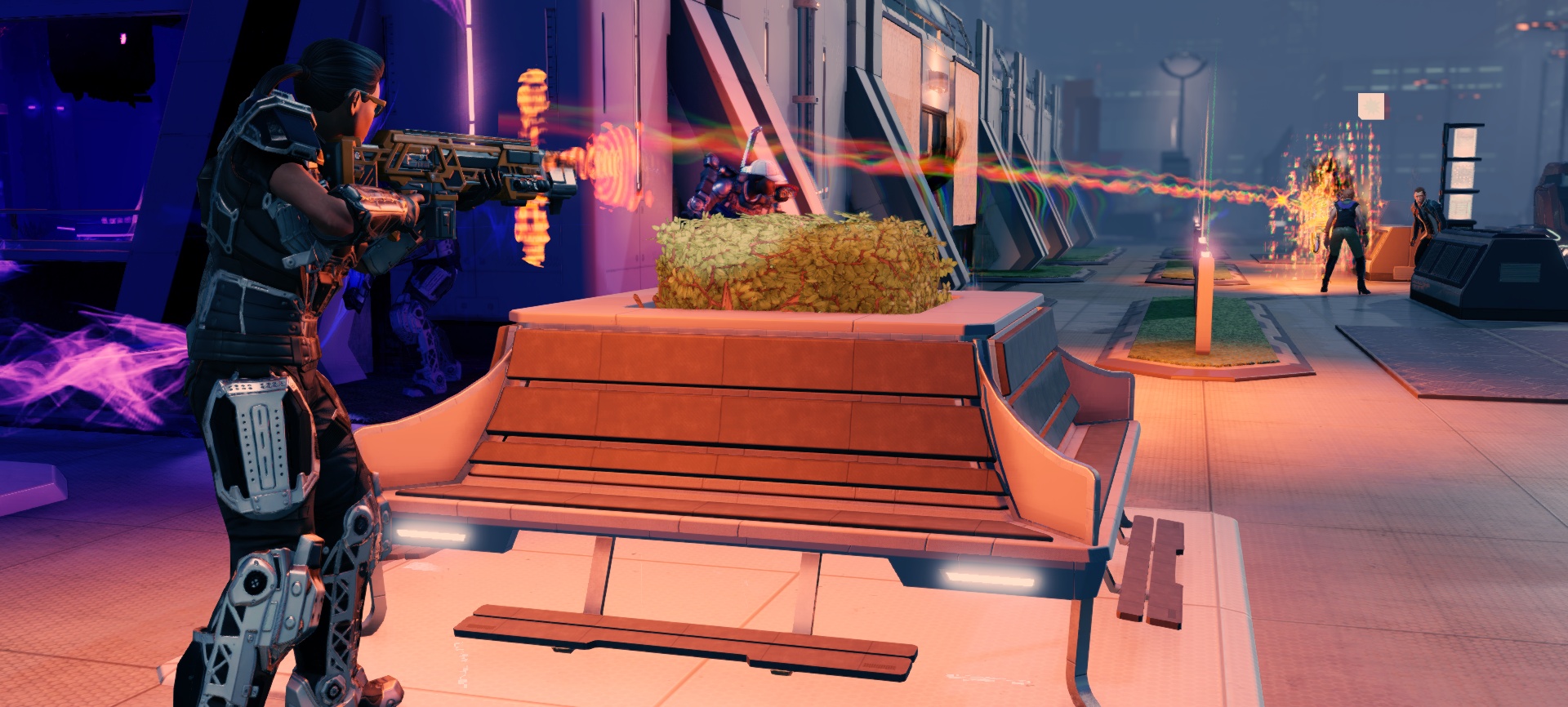TOM FRANCIS
REGRETS THIS ALREADY
Hello! I'm Tom. I'm a game designer, writer, and programmer on Gunpoint, Heat Signature, and Tactical Breach Wizards. Here's some more info on all the games I've worked on, here are the videos I make on YouTube, and here are two short stories I wrote for the Machine of Death collections.
Theme
By me. Uses Adaptive Images by Matt Wilcox.
Search
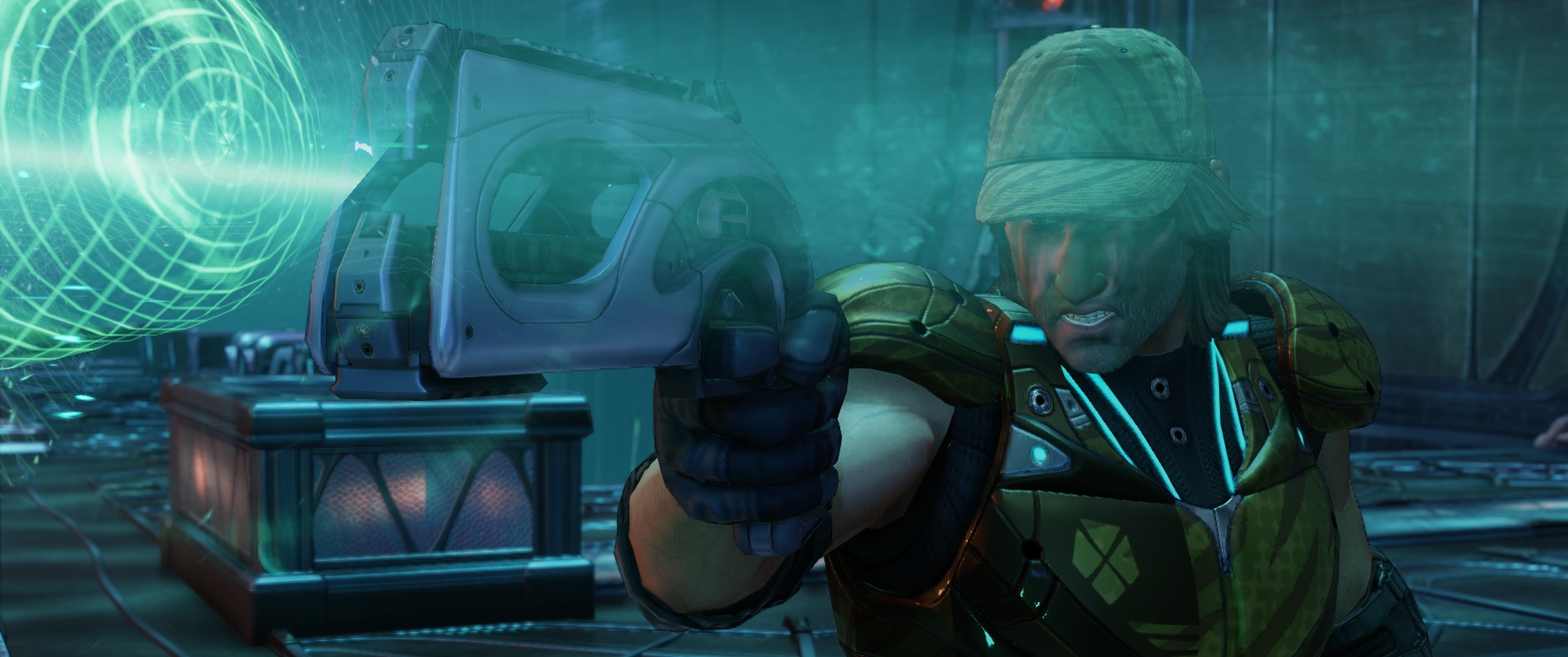
Solving XCOM’s Snowball Problem
What’s snowballing? In XCOM, if your troops survive the mission, they get stronger, tougher and get more abilities, which makes them more likely to survive future missions and get tougher still. If they die, they’re replaced by vulnerable, weak rookies, who are likely to die and be replaced by vulnerable, weak rookies.
If you’re finding the game easy, it gets easier. If you’re finding the game hard, it gets harder.
That’s bad. And it’s not just theory-crafting, that’s exactly how my XCOM 2 campaign played out: early on we got crushed repeatedly, then a few lucky missions got us off the ground, and after that my people became almost unstoppable for 35 missions straight – even after I upped the game difficulty.
Any game with persistent resources will have some snowbally tendencies: success has to get you something, or failure has to cost you something, otherwise it’s not really persistent. And some parts of XCOM’s snowballing are too good to lose: unlocking cool abilities for my favourite troops is why I play XCOM.
So you can’t scrap that, but what could you do? Here are some ideas.
Vary Squad Size By Mission
The number of soldiers you can take on a mission starts at 4 and can be upgraded to 6 if you’re doing well enough in the strategy part to afford the facility, and well enough in the tactics part to already have soldiers of high rank. That is snowball central. Even one more troop is a huge advantage to everyone’s survivability, and having a team 50% larger makes the game more than twice as easy. You don’t want to reserve that for the players who are already doing well.
I’d take squad size completely out of your hands, and make it a per-mission variable. The game does this once, and that mission was refreshingly brutal. I’d have every mission come with a squad size: “We can only get three people past the checkpoints leading to the mission area for this VIP extraction”, or “Security’s light here, we can drop six people in for this Retaliation mission.” That way it’s not snowballing, and it also adds more variety – I took the same six people on about 80% of my missions, which meant my tactics were pretty similar each time.
Level Out Soldier Health
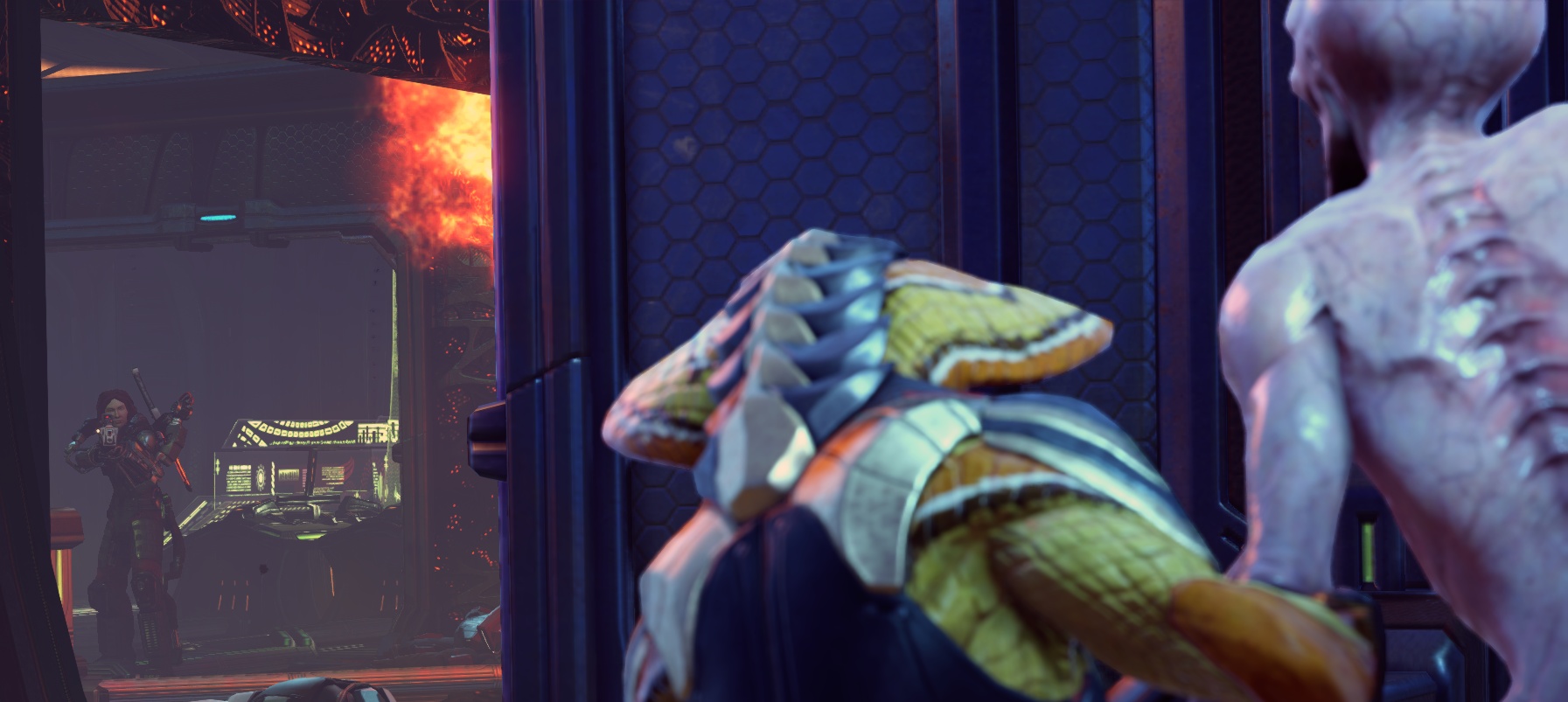
That’s Bladestorm. You don’t want to tongue-snare Bladestorm, for reasons we’ll get into if you try it.
Currently this starts extremely low and increases fast as a soldier levels up: faster than than the enemy’s damage output. It makes the early missions of the game the least forgiving, and discourages you from mixing up your squad lineup later: every time I brought a rookie along to try to diversify my squad, they were insta-brained by a single shot.
I’d start it higher and not increase it at all, except for kit bonuses. That way new recruits get a fighting chance to last long enough to gain experience, and your best people aren’t unkillable when the enemies step their game up.
Health is not a particularly exciting upgrade anyway – I didn’t even notice it was increasing until the first time I fielded new troops next to old and looked at the healthbars. The idea of keeping your favourite people alive is appealing, but it’s also the problem: that’s what happened in my campaign, and it means I have very few interesting stories or desperate moments to recount. It’s one of those things players think they want but which subtly makes the game less interesting when you have it.
Low Profile Missions
There’s a great little touch in some of the more urban levels: rotating holo-screens with portraits of your most veteran soldiers, presumably warning the public about these dangerous dissidents. That suggests a great way to stop you using the same unstoppable people every time: they’re too well known. Not just their faces, but their bio-signatures are on file or something. So for a new type of mission, in populated areas, you can’t bring any of your Most Wanted soldiers.
Injury recovery times do try to make you mix it up like this, but they’re not a great anti-snowball mechanic for obvious reasons: the better you do, the less injured you get, the less your recovery times, the more often you can field your best people. Only once did it really work for me: I stupidly took on a mission while a more time-sensitive one was still pending, so I had to do the second immediately afterwards with none of my best people. It was one of the most nutty and enjoyable missions in my campaign, and my team had that ‘motley crew of scrappy misfits’ feel that the game’s fiction obviously wants to inspire. But I never used them again, because the game severely punishes doing this any time you don’t have to.
These Low Profile Missions would both give you a reason to field those B-teams more, and give them a viable route to becoming part of your A-team. It’d reduce snowballing and, again, increase variety.
Conclusion
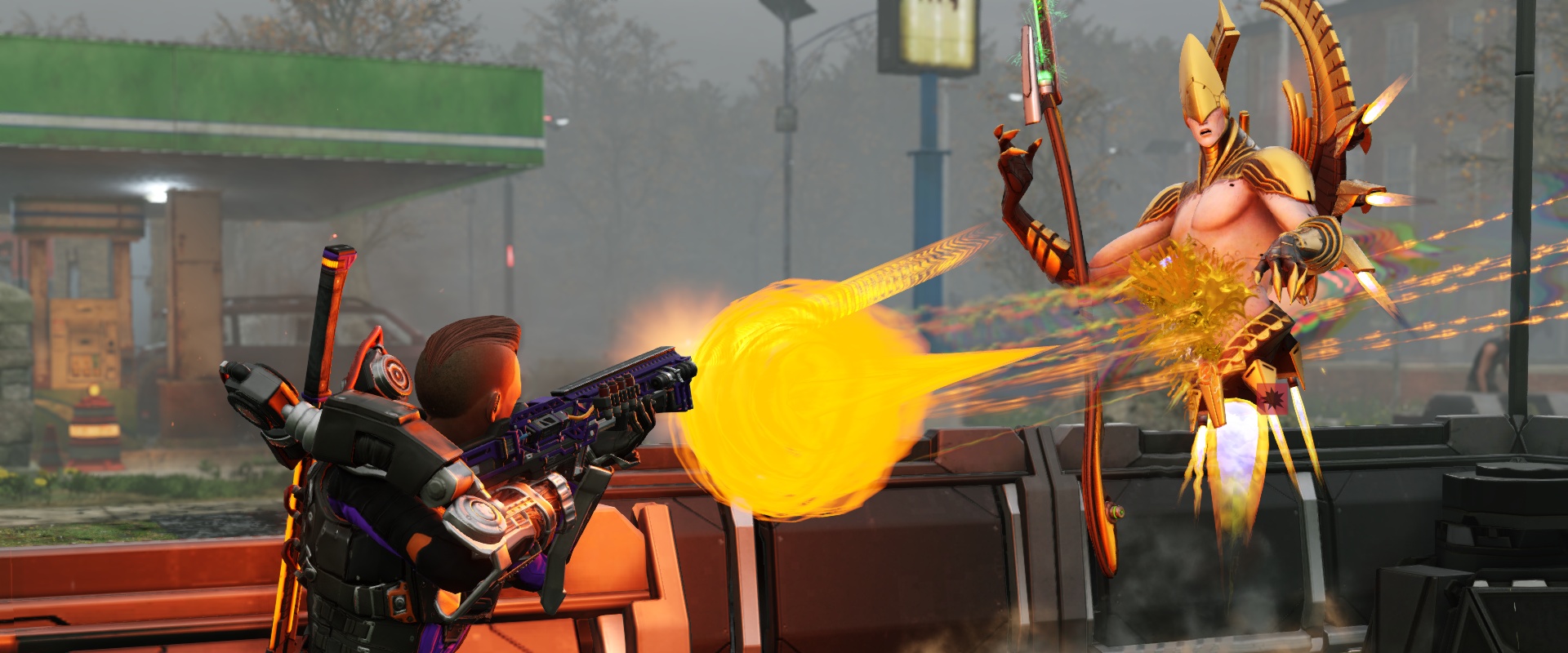
This was the first time our team met an Archon. It was also the first time an Archon met a Trin, which you can see in his face.
In conclusion: all those things I just said. It wasn’t that long a post.
More Game Design Ideas, XCOM 2
